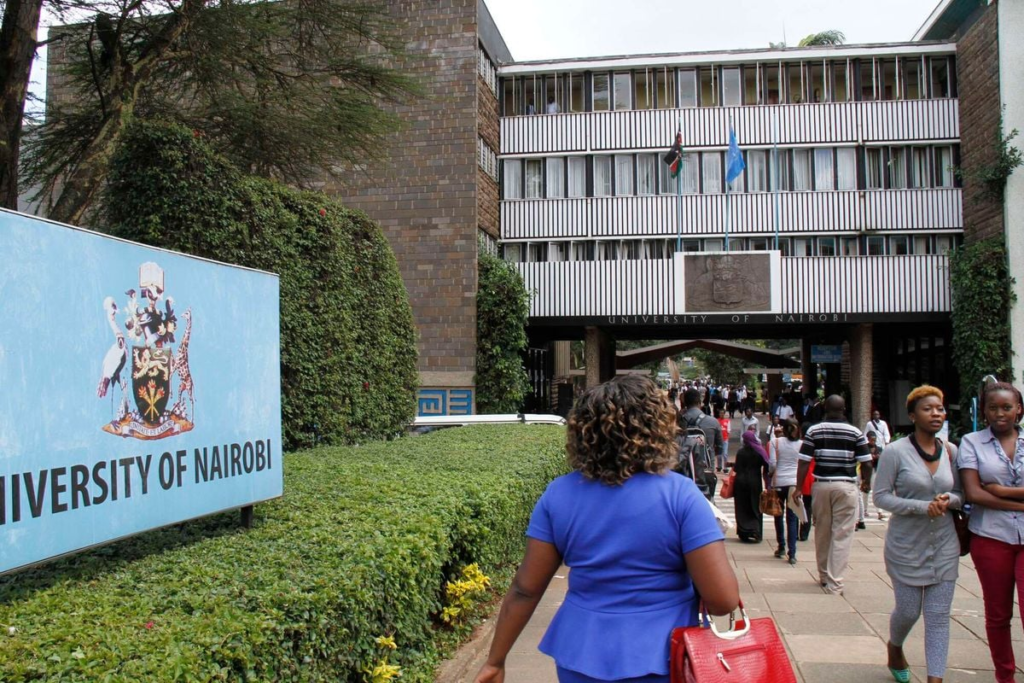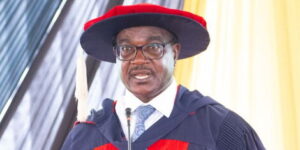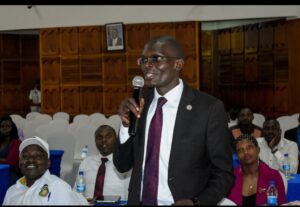
| Faith Nyongesa |
President William Ruto has reaffirmed the government’s dedication to ensuring that all students, regardless of their financial situations, can access higher education.

This pledge comes in response to growing complaints from students who have been unable to apply for loans due to the lack of identification cards or whose parents cannot afford the costs outlined in admission letters.
Speaking at the conclusion of his three-day visit to the Gusii region on Wednesday, President Ruto expressed confidence in the 82 billion shillings allocated for higher education funding. He stated that this amount would be sufficient to cover scholarships, grants, and loans for students in higher education institutions.
However, the ministry actually requires at least 130 billion shillings for this financial year to fully fund scholarships, grants, and loans. This reveals a significant shortfall in the budget allocation for higher education.
During his speech, President Ruto did not address a critical issue highlighted in a recent parliamentary report. The report detailed a deficit of up to 48 billion shillings that was supposed to be allocated for free higher education funding policies. This gap in funding remains a significant concern.

Despite this, President Ruto reassured students and their families that their education would continue without interruption. He emphasized the government’s commitment to supporting students throughout their academic journeys.
However, out of the required 13 billion shillings for new university students, only 4.3 billion has been made available. This shortfall means that 73,793 new students will miss out on the funding they need to join universities.
For continuing students, the situation is also dire. The ministry needs 2.27 billion shillings, but only 574.8 million has been provided. As a result, 61,052 continuing students will be left without funding during the 2024-2025 financial year.
The funding shortfall underscores the urgent need for the government to address these financial gaps to ensure that all students can continue their education without financial barriers.






